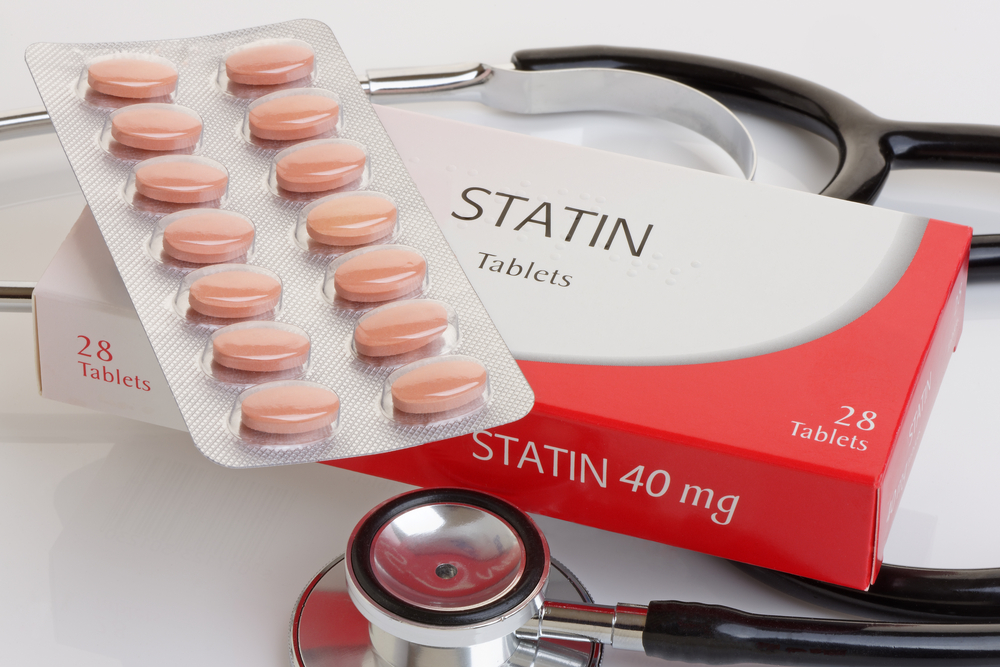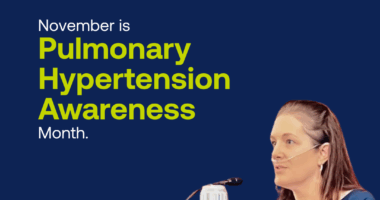Statins Found to Benefit Patients with 2 Chronic Lung Disorders

Statins have protective effects and can benefit patients with both pulmonary hypertension (PH) and chronic obstructive pulmonary disease (COPD), according to a large retrospective study in Taiwan.
The study, “Statins for the Treatment of Pulmonary Hypertension in Patients with Chronic Obstructive Pulmonary Disease,” was published in the journal Frontiers in Pharmacology.
PH is a major complication of COPD and is characterized by high blood pressure in the blood vessels that supply blood to the lungs.
Previous studies have shown that patients treated with statins — medications used to lower blood cholesterol levels — had a lower incidence rate of PH compared to non-users.
Now, researchers in Taiwan have investigated the benefit of statins for PH treatment in patients with COPD in a large nationwide prospective study.
The team analyzed data from Jan. 1, 2002, to Dec. 31, 2017, from Taiwan’s national health insurance program, which includes 99.6% of the country’s population, making it one of the most extensive medical databases in the world.
In total, 643,131 individuals with COPD were identified, of whom 12,308 developed PH during a five-year follow-up period. Of these, 8,577 PH patients were included in the analysis.
The patient cohort was divided into those who received at least one statin prescription within one year after COPD diagnosis (statin users group; 1,487 patients) and those who received no statin prescription (non-users; 7,090 patients).
Patients in the user group were younger (mean age of 72.52 years) than non-users (mean 74.10 years). Most patients were male and older than 60.
In line with the indications for statin treatment, users had a significantly higher prevalence of dyslipidemia (abnormal amount of fats in the blood; 52.45% vs. 4.96% in the non-users group), coronary artery disease (50.17% vs. 29.79% in non-users), and ischemic stroke (caused by a blockage in an artery that supplies blood to the brain; 16.54% vs. 11.57% in non-users).
The proportions of most additional health conditions (comorbidities) were significantly higher in the user group, including hypertension (74.58% vs. 55.66% in non-users) and diabetes (46.54% vs. 20.58% in non-users).
In turn, “there was no significant difference in chronic liver disease, arrhythmia, interstitial pulmonary diseases, asthma, malignancy, hemorrhagic stroke or left ventricular hypertrophy between groups,” the researchers wrote.
Regarding COPD severity, significant differences between groups were found, with most patients experiencing no exacerbations or flares in the first year after diagnosis.
To make the groups more similar, the research team matched 1,325 patients treated with statins and those who weren’t based on their characteristics — namely age, sex, insurance premium, hypertension, diabetes, asthma, oxygen therapy, specific drug therapy, and COPD severity, among others.
The analysis revealed that 462 statin users (34.87%) had died during the five-year follow-up, compared to 647 non-users (48.83%). From these, 145 statin users (10.94%) and 210 non-users (15.84%) died of causes related to PH.
The statin user group had a lower mortality related to PH than the non-user group — 3.87 vs. 5.55 per 100 person-years (a measure of the number of people participating in a study and the amount of time they were followed).
The researchers found that, compared to non-users of statins, the mortality rate for PH was significantly lower among statin users — 0.70 by analyzing variables separately (univariate analysis) and 0.78 times by analyzing multiple variables at the same time (multivariate analysis).
“The above results suggested that statins could reduce the risk of mortality related to PH by approximately 22–30% and that they were effective in patients with PH related to COPD,” the researchers wrote.
Moreover, in a subgroup analysis, the researchers found that the different kinds of statins analyzed showed a trend toward a lower risk of mortality. Specifically, a significantly lower mortality risk was associated with: lovastatin and rosuvastatin use (0.36 and 0.51 times, respectively), higher statin cumulative daily dose, and statin use for more than one year.
In a sensitivity analysis, the risk of mortality for statin users during different follow-up times (three, five, seven, or nine years, or at the end of the study) were similar to the risk observed initially for five years and still significantly lower than for non-users.
The researchers noted some limitations to their study’s findings, including the lack of information relating to other factors, including smoking status, lifestyle, lung function, or PH severity.
Nonetheless, the team concluded that “statins have protective effects and efficacy against PH related to COPD and can reduce the mortality of PH. Moreover, the benefits of statins are dose dependent and time dependent.”







